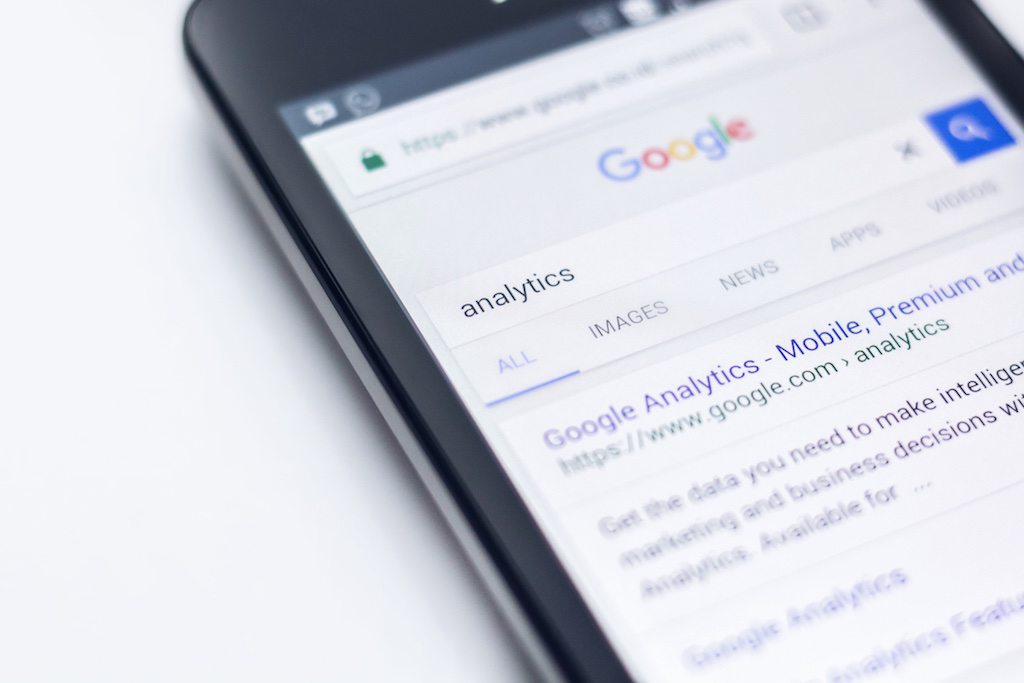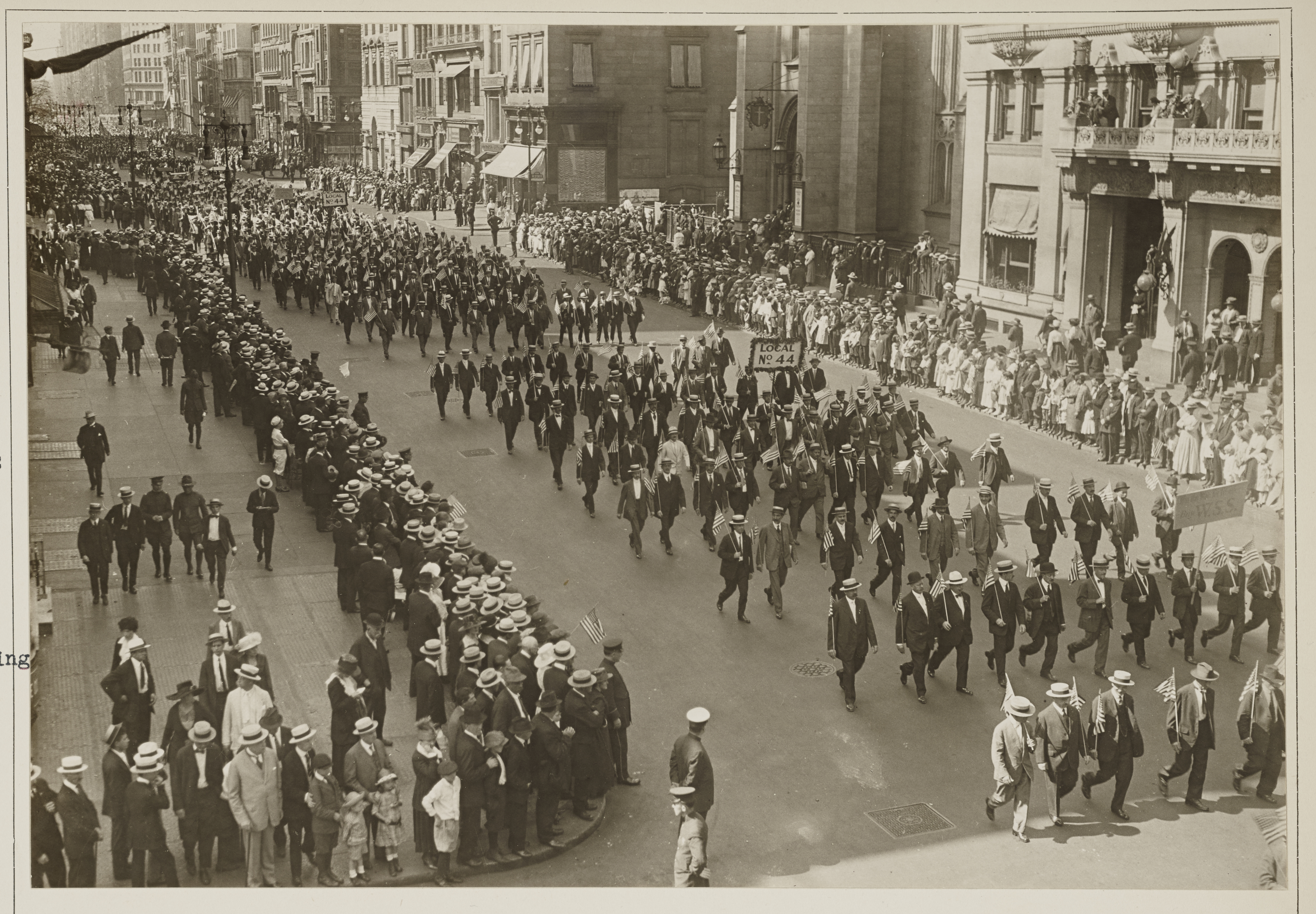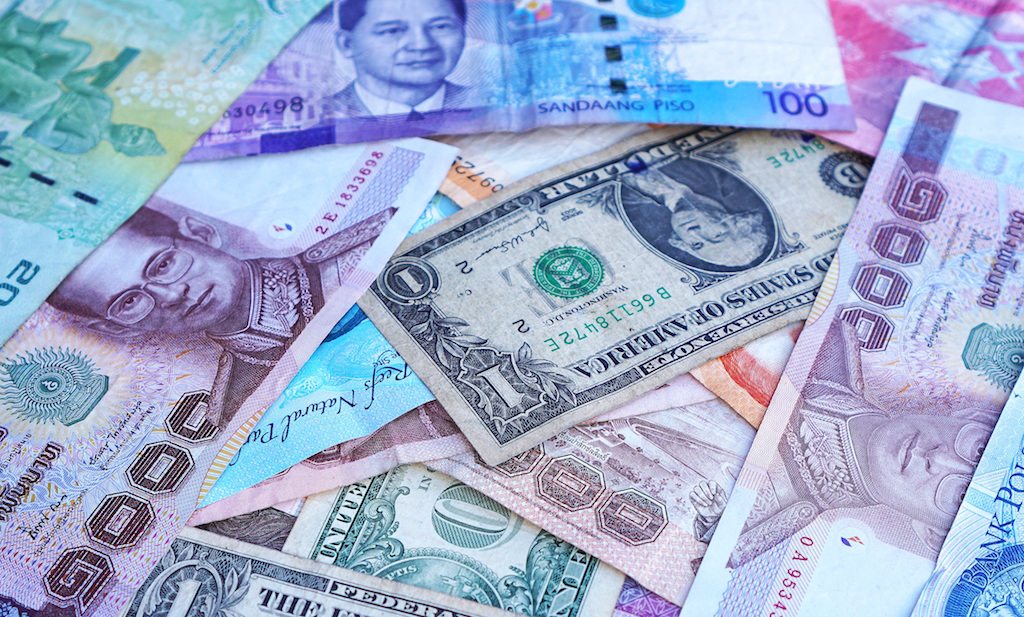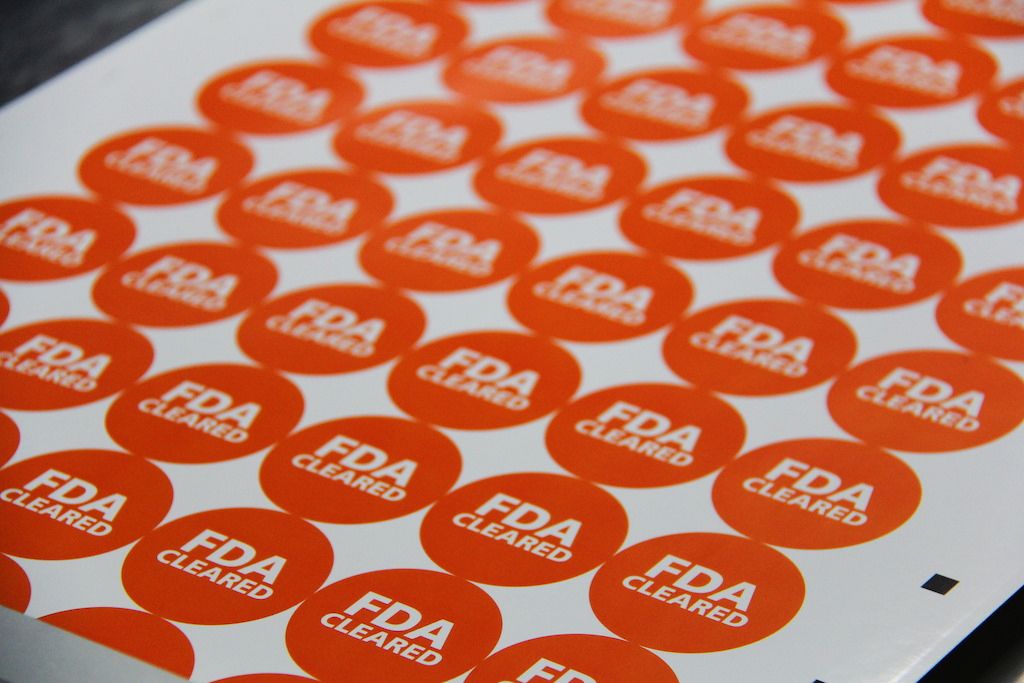Last month, we reported on Coca-Cola’s ability to harvest data from your smartphone in real time as you walk through the grocery aisle, using a suite of Google technologies. But based on an announcement Google made earlier this week, that technology may already be obsolete.
That’s because, as the Washington Post reports, the big G announced on Tuesday it has developed a way to link offline credit and debit card purchases to ads served online. The tech giant now has access to 70 percent of credit and debit card transactions in the United States.
Wait, what?
As the Post explains, Google has partnered with undisclosed companies that collect credit and debit card information. Those partners—who, combined, record 70 percent of all transactions in the United States—share their data with Google. The identities of the people whose information was collected are apparently anonymized on both ends using “complex, patent-pending mathematical formulas.” (Some privacy experts think it’s pretty easy to unmask anonymous users with just a few data points, though.)
Google matches the data from the cards—location, time of purchase, amount of money spent—with information it gathers from its applications including Google Maps, Google Search, and Gmail. And it uses that information to tell Starbucks, for instance, that someone who saw a Starbucks ad on one of Google’s sites (or searched “coffee shop” on maps and saw a paid Starbucks listing nearby) later went to Starbucks and spent $10.
As you can imagine, this is going to make Google a whole lot of money. Proving a direct, measurable link between ads served and purchases made is pretty much as good as it gets for companies that sell advertising. According to Fortune, Google Ads is already gobbling up most of the growth in the advertising world: 54 percent of total growth in all of advertising was attributed to Google between the third quarters in 2015 and 2016. Facebook and Google combined made up 99 percent of ad growth.
But what about consent?
You likely didn’t realize you were consenting to Google sharing your anonymized browsing and geographical information with advertisers when you signed up for Gmail or downloaded Google Maps. But in those cases, you at least had to tick a “Terms and Agreements” box that acknowledged you knew there was some stuff you never read.
But with credit and debit card transactions, the definition of consent seems a little murkier. Indeed, Google doesn’t actually say whether or not its partner companies, whoever they may be, bother with the fine print. As the Post reports, “Google said it requires its partners to use only personal data that they have the ‘rights’ to use, but it would not say whether that meant the consumers had consented.” It seems like a fair assumption that 70 percent of credit and debit card transactions in the U.S. don’t end with a cashier asking a customer whether they mind if their information is logged, matched with their browser and location history, anonymized, and sent to advertisers.
Corporate oligarchy aside, the implications of this latest advance are pretty huge. As we’ve reported, in the past, consumer behavior could only be tracked with this level of precision through the use of loyalty programs, which have a pretty obvious opt-in: You scan a card at the checkout, or you download a loyalty app. Now, merchants may be able to skip the whole enticement part and buy customer insight outright. Probably saves them a lot of money in the long run.
But what if Google used this technology to figure out whether children’s television shows with healthy eating story lines led to parents buying more vegetables? Or used its ability to reach into every home in America to encourage meatless Mondays? Or handed over the reins of its data-gathering technologies to CDC or USDA for just a day?
It stands to reason that entities other than Starbucks and Coca-Cola will be lining up to get in on Google’s bird’s-eye view of what you see on the internet as it relates to what you buy. Soda tax crusaders, for instance, might be interested in a geographic analysis of ad impressions for sugary beverages and grocery spend in the same area. New York’s cash-strapped MTA could likely jack up its ad rates if it was able to prove that people who saw those awful Seamless ads on the A train ordered Seamless later that afternoon.
The possibilities are endless, and right now Google’s the only company with keys to the kingdom.











